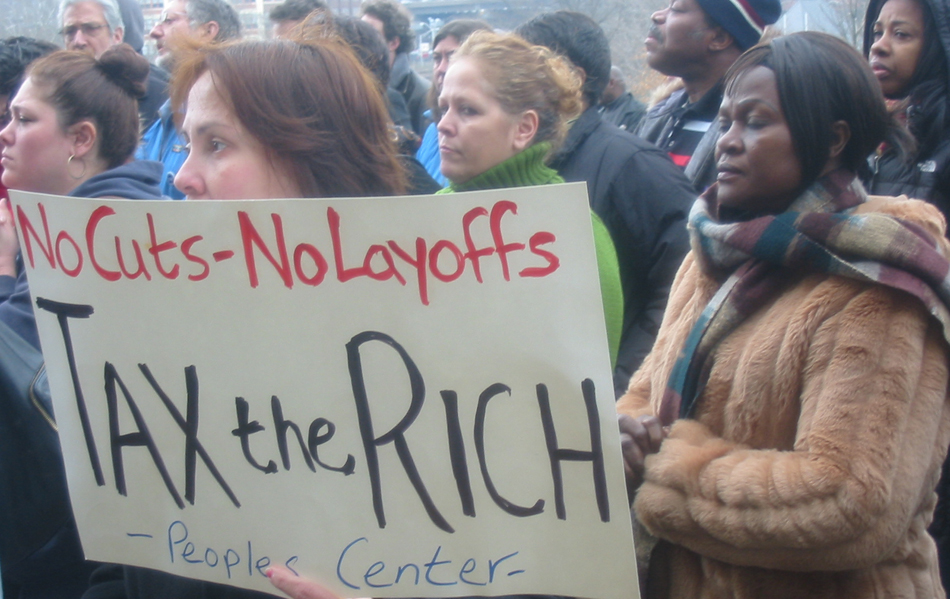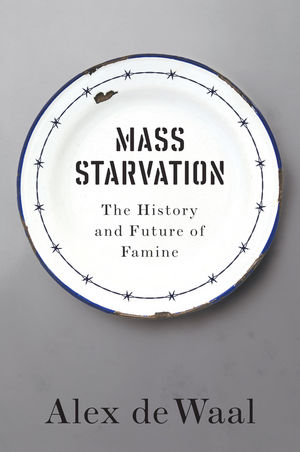"The most immediate priority is to urge the repeal of the bond lock, before it goes into effect in May. Once that happens, it will be far more difficult to fix Connecticut's regressive tax and spending priorities."

A quiet coup-de-etat has taken place in Connecticut. The legislature has effectively turned over control of the state to Wall Street. This was the conclusion I drew from a presentation by Connecticut Voices for Children.
After four months without a budget in the summer and fall of 2017, the state's legislature and governor reached a budget deal. Ruling out any new taxes on the rich or giant corporations, the budget increased taxes on middle and lower income working people, imposed further cuts on public workers including a special tax on teachers, and continued years of austerity cuts to almost every state program.
But that wasn't enough for the corporate forces. As part of the budget deal, they got four stealth provisions. Together, they not only enact austerity in this budget — they cast austerity policies in concrete. And — they bind four handcuffs of gold on future governors and legislators by making it legally impossible to undo the damage!
The Four Golden Handcuffs
1) Spending cap. A spending cap was written into the state constitution in 1989. It means that state spending can never grow faster than inflation or personal income. Then, in 2017, the legislature tightened the cap to apply to additional forms of spending. Some implications:
- Aid to distressed municipalities will now fall under the cap. If the state helps a struggling city, it will have to cut education, or state parks, or children's services by an equal amount.
- Contributions to the state workers' and the teachers' retirement funds will fall under the cap after 2022 and 2026. Each of these funds is likely to require substantial increases in contributions. The cap will require that those increases be balanced by equal cuts elsewhere. In one not-unlikely scenario, up to $4 billion — about 20% — would have to be cut from the general fund.
2) Volatility cap. If the state gets larger-than-last-year revenue from certain income tax receipts, it is not allowed to spend that money. Instead, the extra must be deposited in the state's "rainy day fund." This cap applies only to "estimated and final" income tax returns — the quarterly returns filed mainly by wealthy people, including most income from dividends and capital gains.
This sounds sensible. Dividends and capital gains income fluctuates from year to year. The cap means that extra income this year can go to cover a shortfall next year. But there's a catch.
The volatility cap applies to all increases, instead of unexpected increases. For example, the legislature could tax dividends and capital gains, recovering some of the huge giveaway the Republican/Trump tax law gave to rich people. The additional revenue would not be unexpected, but it would still fall under the cap — the state would not be allowed to spend it!
Taxes paid by working families do not fall under the cap. If the state needs to raise more revenue to cover budget shortfalls, it can increase the sales tax, or the income tax on wages (which is paid through witholding, not through "estimated and final" returns). The additional revenue could be used normally. But taxes on the rich are mainly collected through "estimated and final" returns, and therefore could not be used.
So the volatility cap as implemented encourages an even more regressive tax system which shifts the burden from the rich to everyone else.
3) Bond cap. This was already in place, but new rules make it stronger. This is a hard limit of $1.9 billion on issuing bonds. The amount can be increased each year only by an inflation adjustment. What if there is an emergency infrastructure need? Or what if there is an economic crisis as in 2008, when interest rates are extremely low and there are idle resources and high unemployment? That is an excellent time to increase public spending on infrastructure — but the bonding cap would prevent it.
4) Bond Lock. This is the real poison pill. Beginning in May 2018, every new bond issued by the state will include a pledge not to change other caps. That completely ties the legislature's hands. Suppose a future governor and legislature is elected on the pledge to enact a millionaire's tax to deal with spiking pension costs (not a bad idea!). That would violate both the spending cap and the volatility cap. Presumably, Wall Street bondholders could get a court injunction to stop us.
This goes even beyond anything we have seen before. Even when technical problems are found in the legislation (as is almost always the case), it will be impossible to fix them. The bond lock makes a mockery of our elections and the right to vote. We can elect anyone we want, but effective control of the state will be turned over to the big investors who buy Connecticut bonds.
The Fallacy
All of these measures are sold on the premise that Connecticut is in trouble because irresponsible lawmakers have spent money they didn't have, borrowed too much, and made promises for future generations to keep. Therefore, it is necessary for legislators to tie their own hands. Despite grains of truth, those arguments miss the major causes of Connecticut's crisis, and therefore offer the wrong cure.
The money Connecticut has spent and promised has overwhelmingly gone to meet real needs. In fact, in a state with one in eight children living below poverty, with vast inequality in education, with a growing backlog of transportation infrastructure maintenance — to meet the needs of the state's residents and secure our future, there should be more spending, not less.
The legislature's failure has been to allow a regressive tax structure to continue. The wealthiest households face a state and local tax burden that is about half the rate paid by the rest of the residents. If the rich had been paying the same tax rates as everyone else, pensions could have been fully funded, debt would be lower, and there would be no crisis. If the rich started paying their share now, Connecticut could end its austerity policies and begin to restore services and investments.
There are a number of useful and possible reforms in how the state spends money. But without increased revenue from those who can afford it, those reforms would have little effect. And "reforms" like the golden handcuffs — the spending cap, bond cap, volatility cap and bond lock — only make matters worse by making it almost impossible to raise and spend the needed revenue.
Conclusion
Over the next ten years, Connecticut faces increased costs. The golden handcuffs adopted in 2017 guarantee a sharply shrinking pie for operation of the state: education, children, elderly, health care, public safety. The effects will be felt from state parks to DMV offices. When we call to complain, there will be no workers left to answer the phones.
We will see continuing attacks on public workers and public services, and increased pressure to turn over everything — schools, transportation, public safety — to private corporations for their own profit. Everyone (except the very wealthy) will be pitted against one another for a rapidly shrinking slice of the pie.
Unions, the DUE Justice Coalition, advocacy groups like CT Voices for Children, and progressive state legislators are advancing positive alternatives.
The most immediate priority is to urge the repeal of the bond lock, before it goes into effect in May. Once that happens, it will be far more difficult to fix Connecticut's regressive tax and spending priorities.
Harpers Ferry, WV

